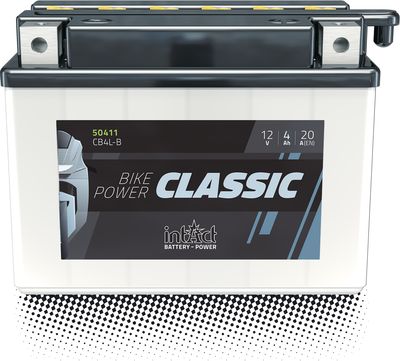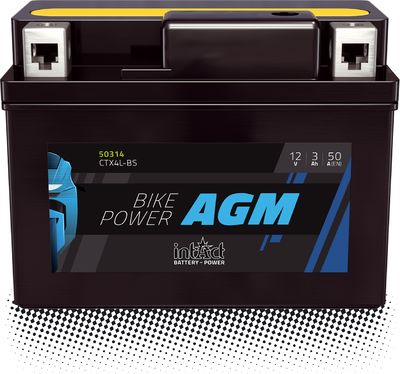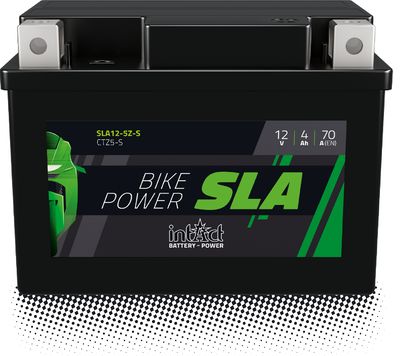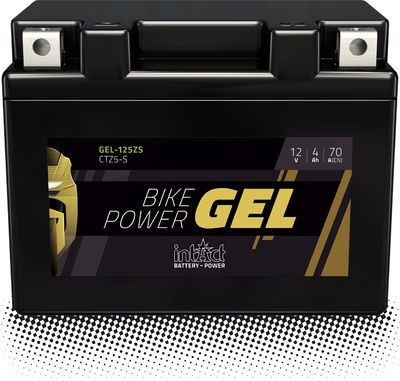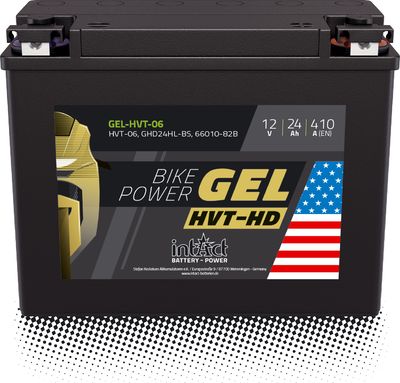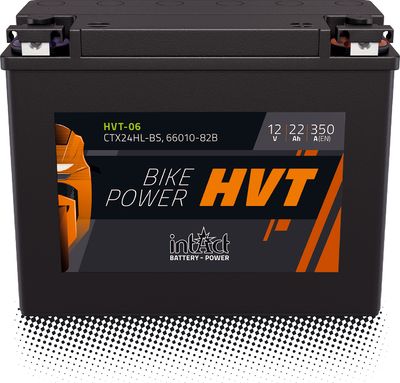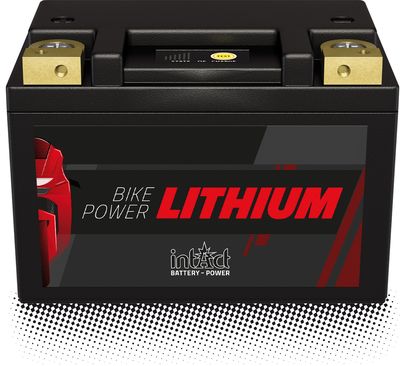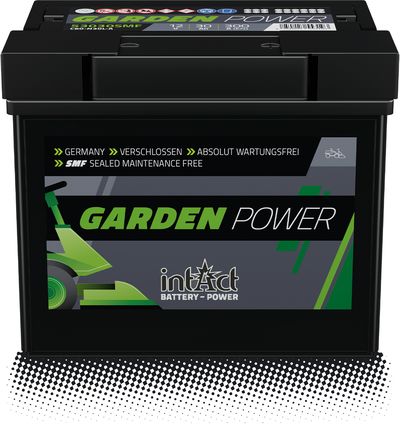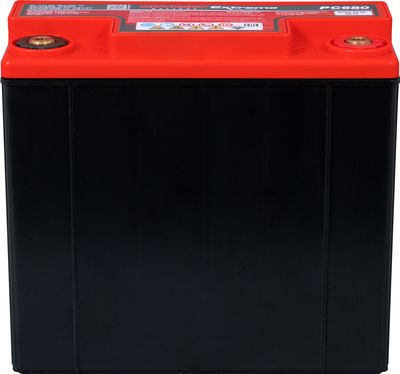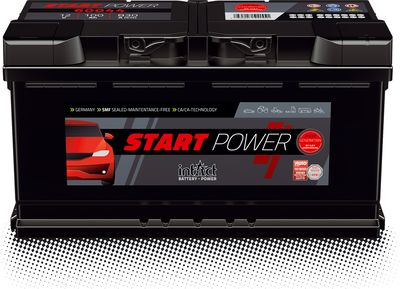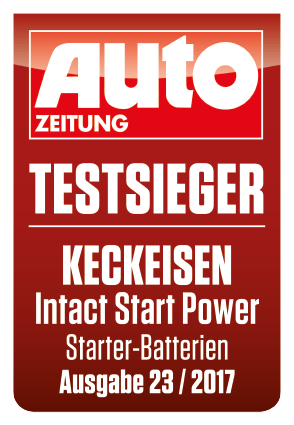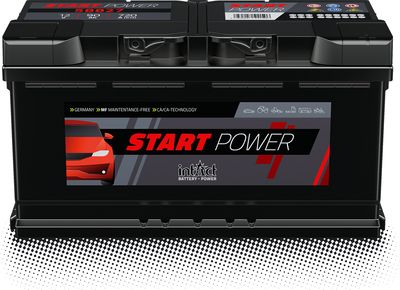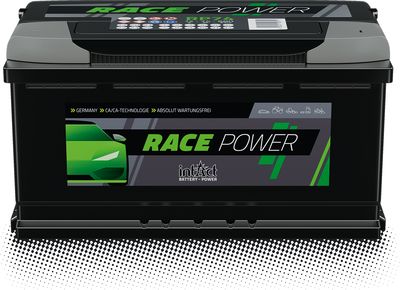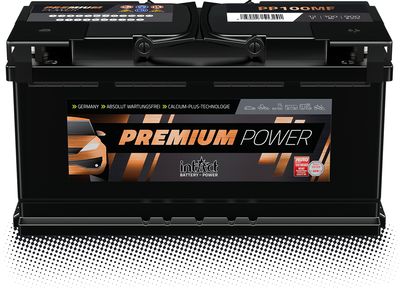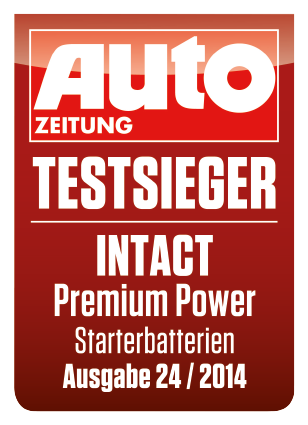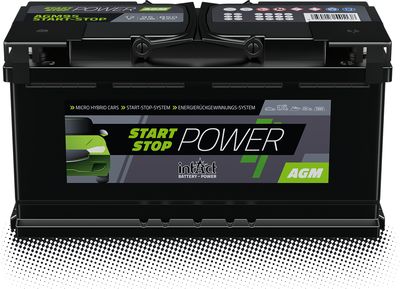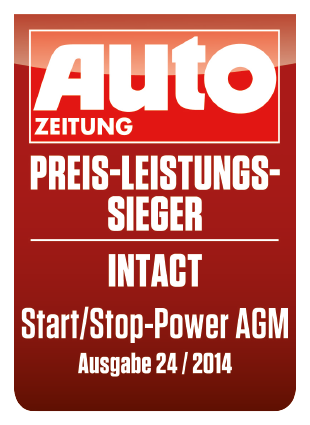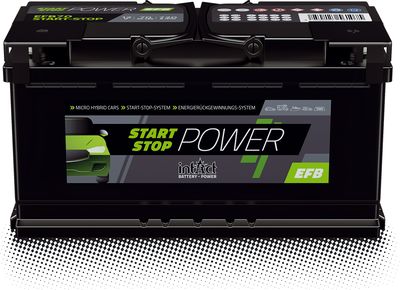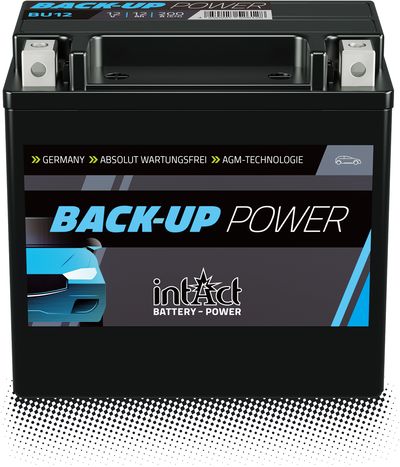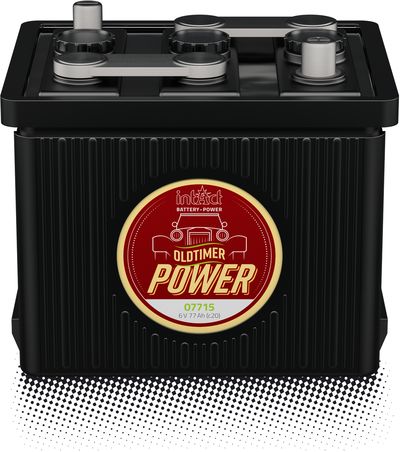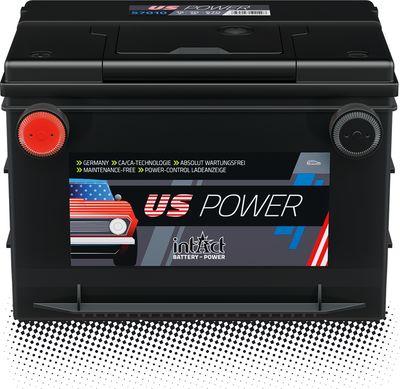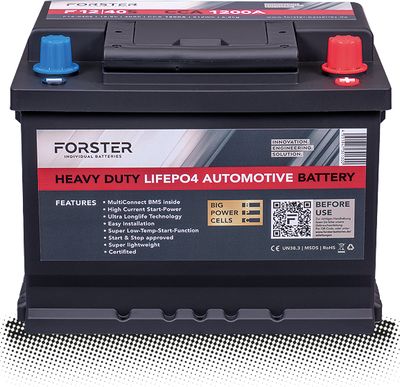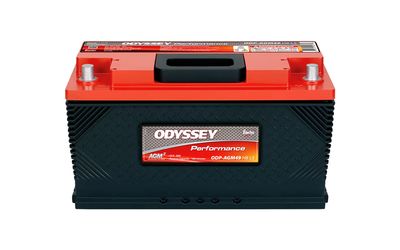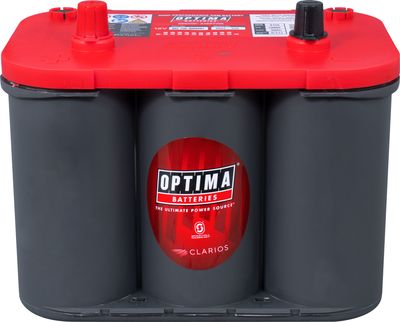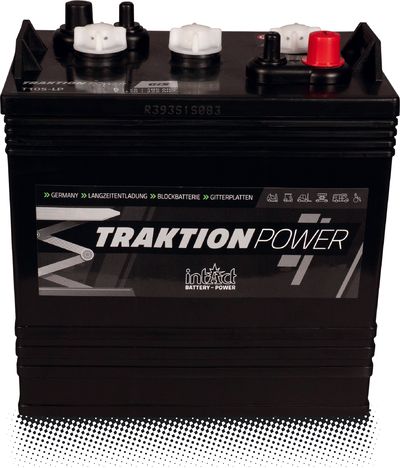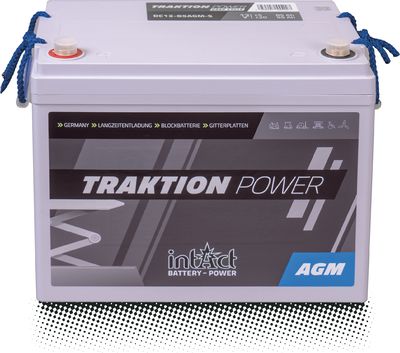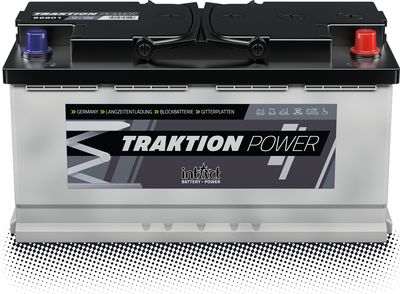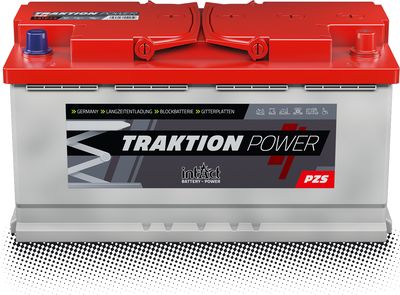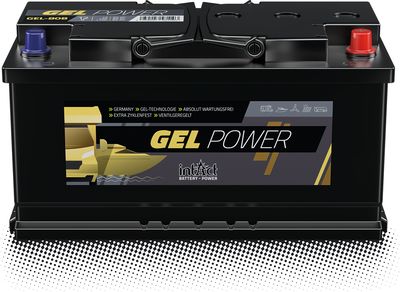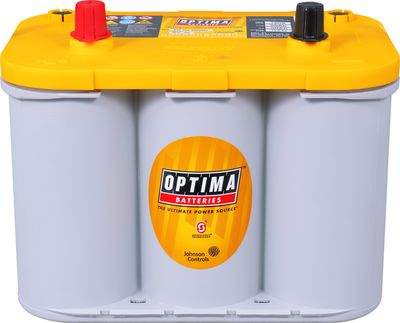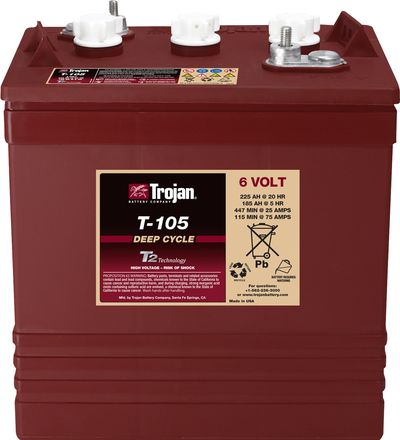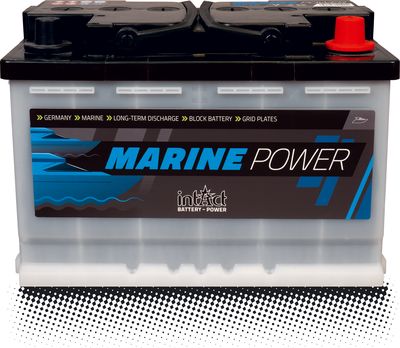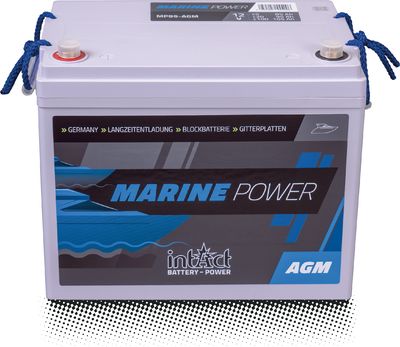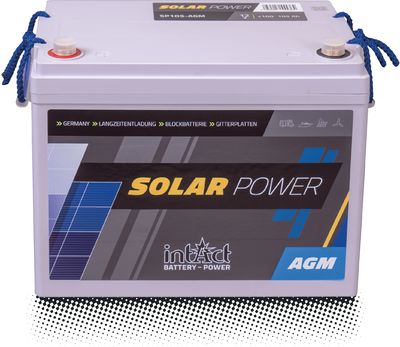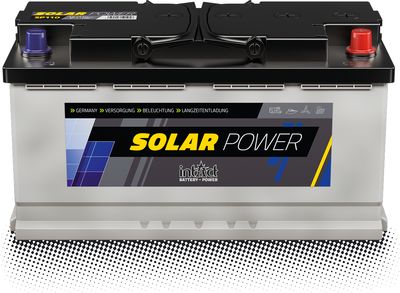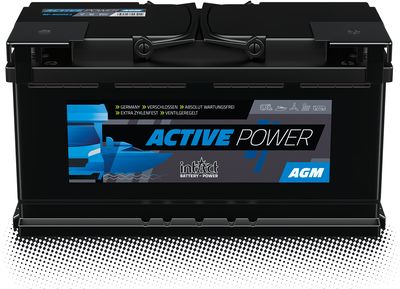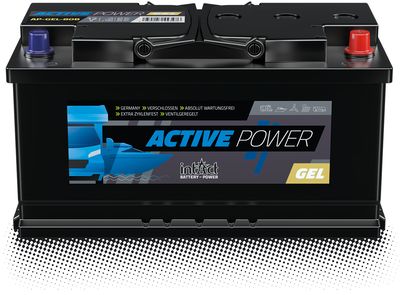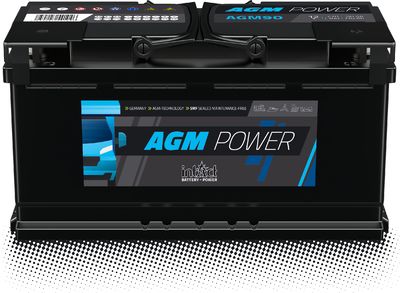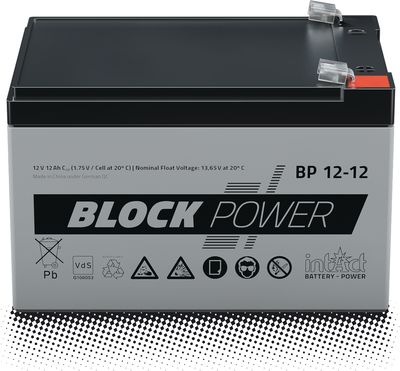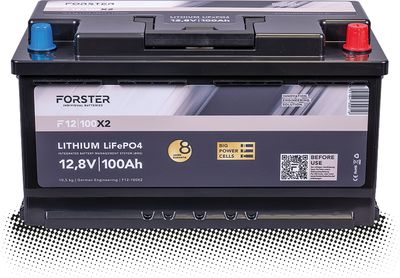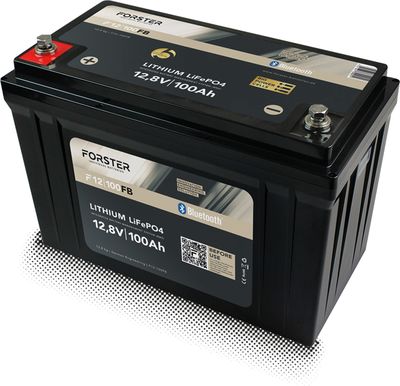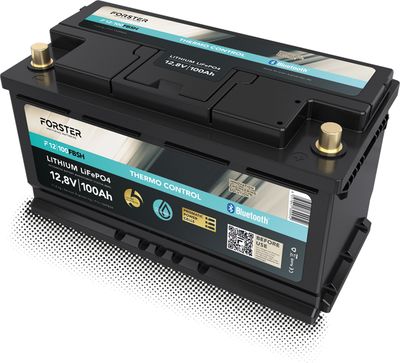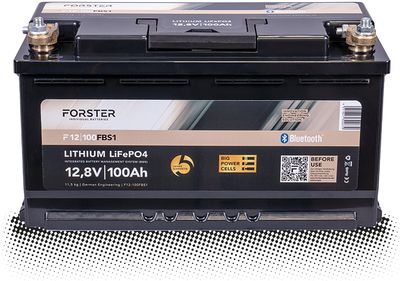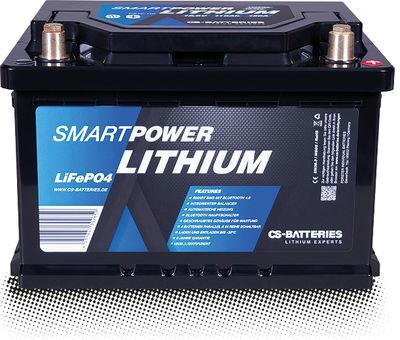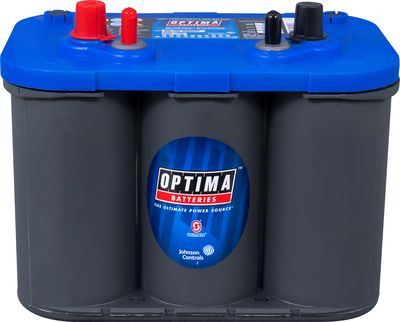Recognising and classifying battery damage
When the battery fails, it's annoying. Sometimes it's because of a faulty battery, sometimes it's because of the way you handle it. And only cause research and precaution helps permanently.
What is wrong with the battery can often be seen from the outside. …
Care should be taken when handling batteries
Chemical processes take place in batteries. They are influenced by external circumstances such as temperature or humidity. That is why it is worth taking care. During use, storage, installation and transport. For your own protection and for the protection …
Why does this battery have such a good current draw?
Due to the AGM technology, this battery absorbs the current particularly well, i.e. it recharges faster than a conventional wet battery and you can charge it with a higher charging current or a more powerful charger, like the ?
This characteristic comes …
Charging during long idle periods
If the vehicle is stationary for long periods and you make a lot of short journeys, it is advisable to charge the battery regularly with a charger, even if the battery has a low self-discharge rate or high cold-start performance. The exact intervals depend …
Always select a battery that matches the charging behavior
Starter batteries, including motorcycle batteries, are charged by the alternator while driving.
The charge takes place over a longer period of time with low current. Starter batteries are designed for this charging behaviour.
Some starter batteries …
Our absolutely maintenance-free motorcycle batteries
intAct Bike-Power AGM, intAct Bike-Power SLA, intAct Bike-Power GEL, intAct Bike-Power HVT and intAct Bike-Power GEL HVT-HD are valve regulated lead-acid batteries or VRLA batteries (VRLA=Valve Regulated Lead-Acid).
VRLA batteries produce much less gas …
Chargers for supply batteries
In order to supply the connected consumers permanently, supply batteries usually have a larger capacity than starter batteries, which are intended to deliver a lot of power, especially in the short term. Chargers designed for starter batteries reach their …
Identifying and filling the liquid level
Markings on the outside of the white or transparent housing of a wet battery indicate the minimum (MIN) and maximum (MAX) fill levels.
During commissioning or initial filling, the battery must be filled with battery acid up to the upper mark (MAX).
During …
Supply batteries with grid plates
Wet (flooded) deep-cycle lead-acid batteries with grid plates are particularly suitable for small and medium-sized solar applications and wind turbines thanks to their good capacity absorption and maximum capacity reserves. Grid plate technology is robust …
Supply batteries with armoured plates
Wet deep-cycle batteries in armoured plate or tubular plate technology are designed for the most severe loads. Due to their structure, the tubular plates used provide a larger surface area compared to grid plates and thus more active mass for the chemical …
